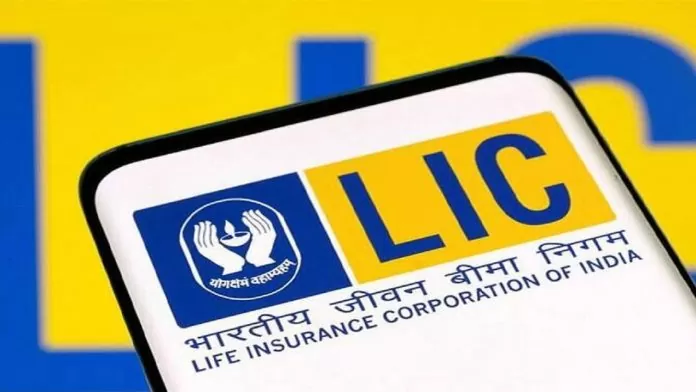
LIC New Jeevan Shanti Scheme: After crossing the age of 40-50, most everyone starts worrying about old age. Especially those people who have financial constraints because it is very difficult to survive without pension after retirement. That’s why every employed person should do retirement planning as soon as possible. In such a situation, the retirement scheme of Life Insurance Corporation of India New Jeevan Shanti (LIC New Jeevan Shanti Scheme) can be useful for you.
Will get pension after retirement
The biggest feature of this scheme of LIC, specially designed for pension, is that money will have to be deposited only once and after retirement, pension will be available for life. The plan number of LIC’s New Jeevan Shanti plan is 858.
Keep these things in mind while buying the plan
Many times one has to leave the job before retirement, in which case the income source ends. Keeping this problem in mind, LIC’s New Jeevan Shanti plan has been prepared. This is an annual plan. In this, you can decide your pension on the basis of investment. While taking which you can decide the pension amount. You start getting pension every month after a regular interval of at least one year.
LIC scheme rules
This is a single premium plan, which means you have to invest only once. After investing, you can get pension in a period of 1 to 12 years. You can get a monthly pension of more than Rs 11000 on an investment of 10 lakhs in the scheme. Interest is available in this scheme from 6.81 to 14.62%. In this, both single and joint get the service of getting pension.
These people can buy the plan
Anyone between the age of 30 years to 79 years can invest in LIC’s plan. The special thing is that you can surrender this plan anytime. There is no maximum investment limit in this. If the policyholder dies during this period, the money deposited in his account goes to the nominee. There is no risk cover in this plan.












